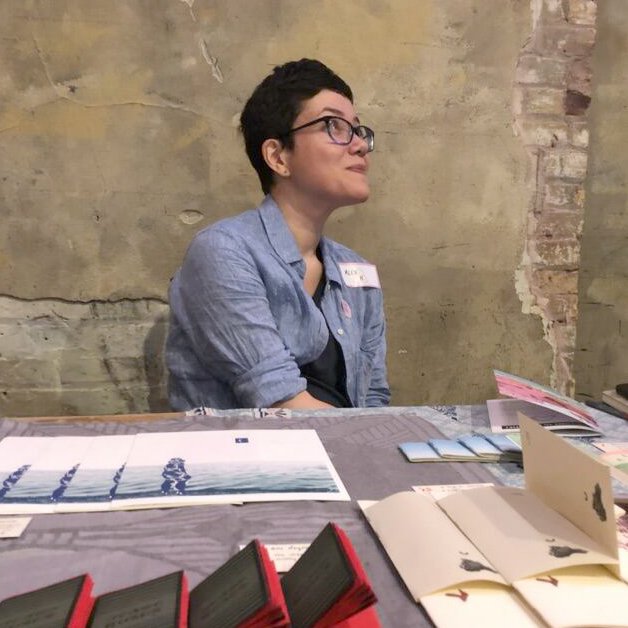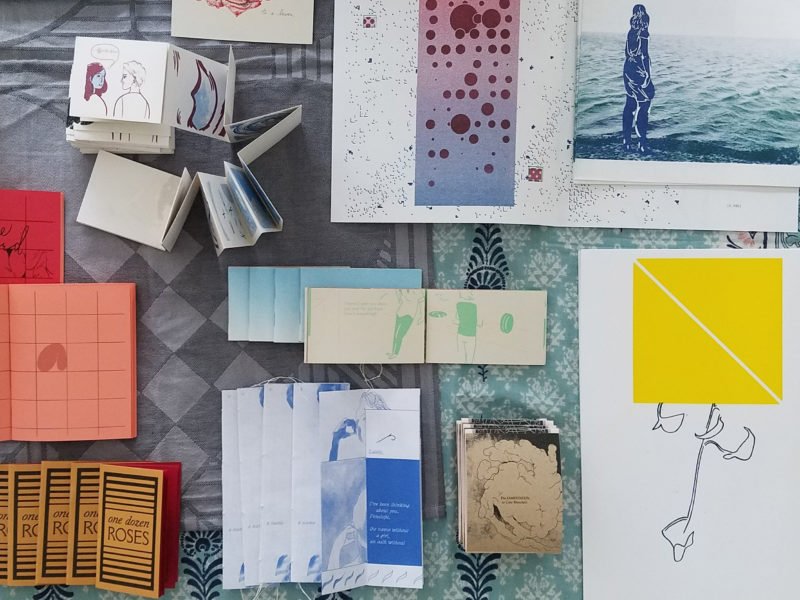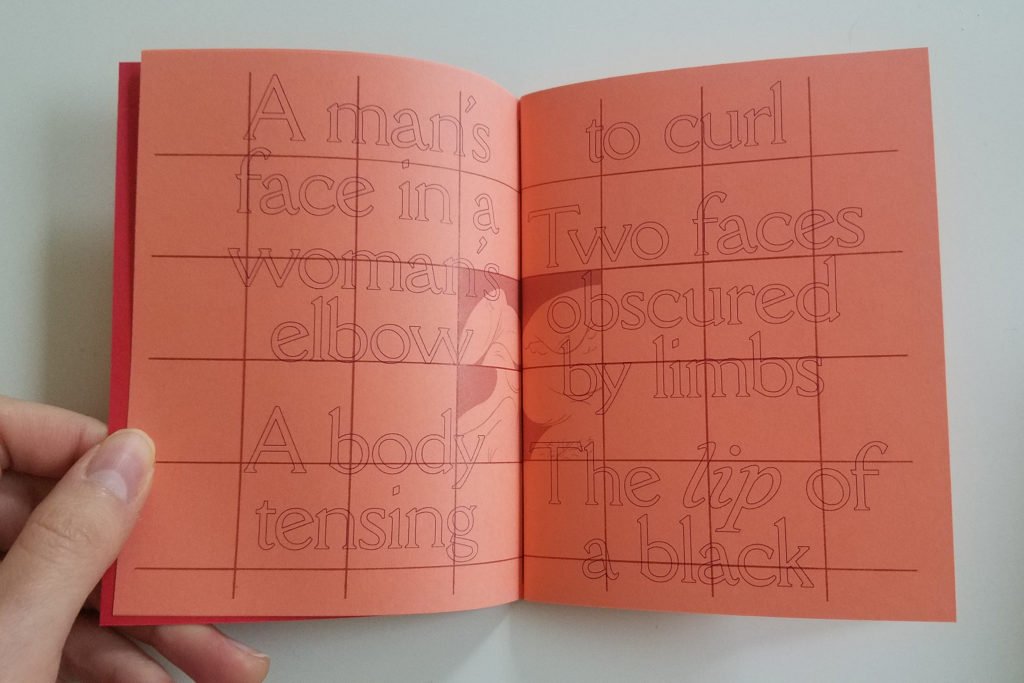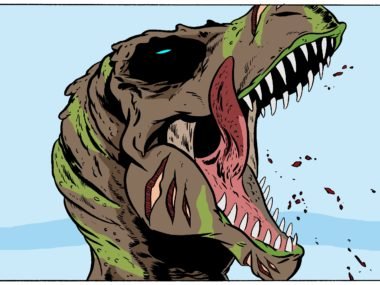Alex Kostiw self-publishes short comics with poetic/loose narratives which are typically fewer than thirty-two pages.
STL SPEX (Joceline): What are your literary influences?
Antoine de St Exupery’s “The Little Prince” might be the book that has influenced me the most, for how much it values imagination and felt truths. Oulipo is a French collective that uses constraint-based writing methods, which I borrow from often. Virginia Woolf’s “Orlando” showcases her sensitivity to the ways we understand ourselves and communicate with each other — plus, it’s really funny. And I love how Lydia Davis and Anne Carson can suggest complex internal and external worlds in just a few vivid lines, and how Jillian Tamaki and Eleanor Davis tell fantastic stories in unassuming voices.
STL SPEX: Who do you write/create for?
I think I make books to form bridges, without thinking too hard about who is on either end of the bridge. A lot of my work is about aspects of experience that are fairly universal, but lonely or intimate. My hope is that people make it through a book and by the end are thinking, “Ah, yes, I know what you mean,” or “That is a feeling I’d forgotten I’ve had.” And then, they might feel a little more connected, to others, possibly me, or even themselves.

STL SPEX: “Sigils of Trouble Sleeping” and “Box Actaeon” revolve around magic and mythology. Did you find yourself having to do research for either project?
“Box Actaeon” is a unique thing for me. It was my first project in grad school. Jacob Ristau led the seminar through a process of formal exploration, and I eventually made up a box-in-box structure that mashed together two of my fixations: little boxes, and the gaps between panels in comics. Trying to come up with the right content for a structure that involves peeking, surprise reveals, circularity, and interior vs exterior, I remembered the myth of the hunter who spied on the goddess of the hunt while she was bathing, so to punish him, she transformed him into a deer. And then I made “Box Actaeon” in one fever dream of a night. So, the research for the project was mostly testing out different ways that boxes could be reader-driven storytelling devices.
“Sigils of Trouble Sleeping” put a couple of books on my table and a lot of open tabs in my browser. I wanted to know what sigils mean, how they’re drawn, how they are used, how they have changed over time. But magic, to me, is the combination of bold will and ritual–– a kind of instinctive rule-making and rule-following to realize an intention. Which also sums up my process. I work quite intuitively; for every project, I want to know enough to guide what I’m doing, but not so much that knowledge bogs down invention. It’s a tricky balance.







